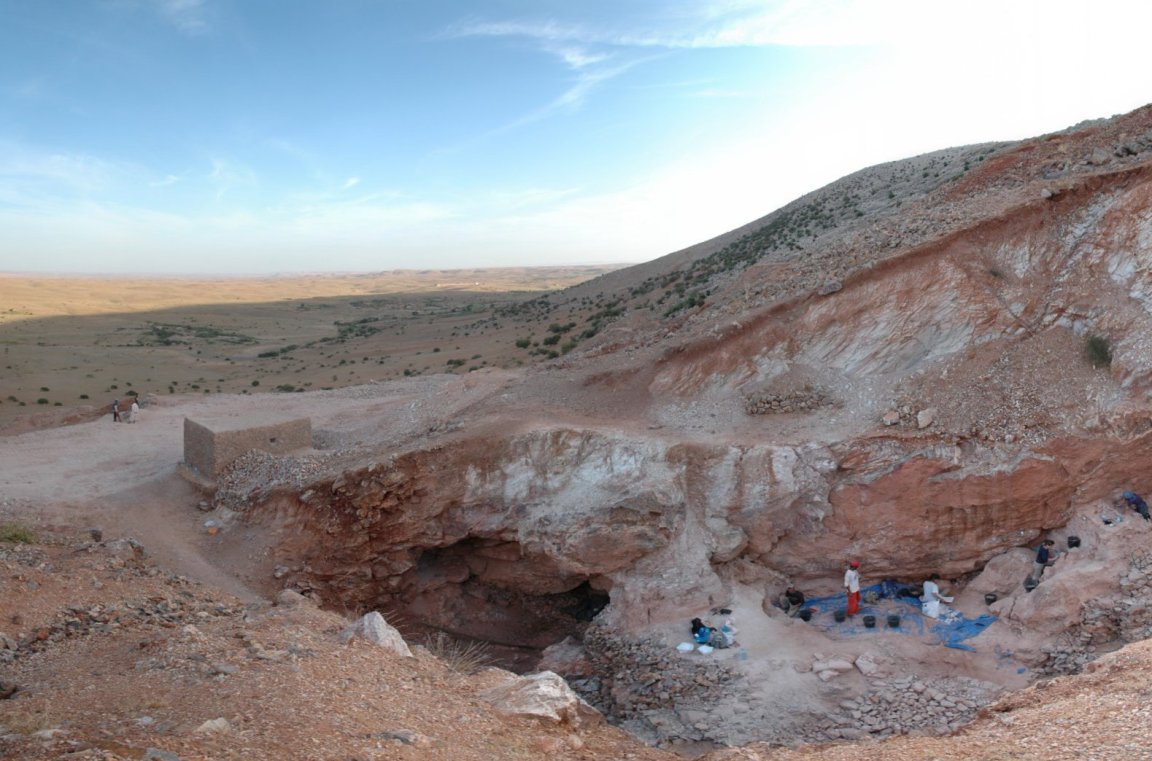
Rediscovering Ourselves
On Wednesday, scientists reported they had discovered the oldest known remains of Homo sapiens in Morocco. The bones and other remains are approximately 300,000 years old. This revelation provides new insights into the origins of humankind: a consequence of such findings would be that human beings evolved earlier than had previously believed. The fossils also indicate that despite fundamental differences in the brains of modern humans and early Homo sapiens, our faces strongly resemble those of our early ancestors.
Until this remarkable find at Jebel Irhoud, the oldest human fossils only dated back 195,000 years. These new fossils make experts believe that our species evolved not in Eastern Africa (specifically near Ethiopia) where later fossils were found, but across the continent in Western Africa where modern Morocco is situated.
“We did not evolve from a single cradle of mankind somewhere in East Africa,” paleoanthropologist Phillipp Gunz, a co-author of the two new studies on the fossils, told The New York Times.
